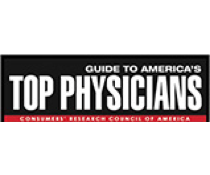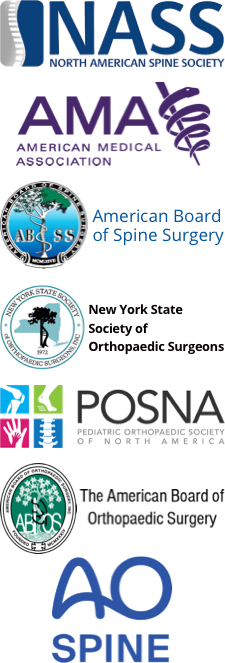Even in today’s world where so many of us spend our days at a desk, back injuries are still the most common workplace injuries, according to a survey from U.S. Healthworks. Of course, outdoor workers and those who must regularly lift heavy objects are the first to be hurt, but those who don’t lift anything heavier than a file folder in our 9-to-5 are at risk as well.
If you work does happen to be physically demanding, it doesn’t mean you have to live with chronic back pain; there are things you can do to prevent injuries:
- Make sure you’re lifting carefully. Take extra care when lifting items that are either below knee level or above shoulder height, as that reach can put added strain on your back. Do your best to avoid lifting things placed on the floor to reduce strain ot the lumbar spine.
- Remember to bend your knees as you lift and take a break to stretch at least once an hour.
- Avoid twisting as you lift heavy objects. However, if you must turn, move your feet so you don’t wrench the muscles of the back.
- If you have to climb stairs, ladder or other structure with your load, maintain what’s called three-point contact: maintaining either two feet and a hand or both hands and a foot in contact with what you’re climbing.
For those whose work is an office setting, ergonomics are important. More and more companies are running ergonomics evaluations on their employees’ workstations. If that’s not the case at your place of work, make the adjustments you need yourself:
- Position your monitor just below eye level and 18 to 23 inches away from your face.
- Sit upright with your feet flat on the ground, bringing your legs to a 90 degree angle with the chair.
- Keep your elbows close to the body at a 90-to-120 degree angle and consider a gel wrist support for your mouse hand.
- Consider a standing desk. As we learn more about how our sedentary lives affect our bodies, many workers are moving toward standing desks. This setup forces you into better posture, which can alleviate or prevent pain. Just be sure to include a foot rest of some sort so you can easily shift your weight.
Though back injuries are the most common on the job, repetitive strain injuries are on the rise. Actions like typing and clicking a mouse can put stress on the muscles and tendons in the hands and arms. Symptoms include pain, tingling, and swelling. Remember to take frequent breaks, stretch the wrists, and type with your hands in a neutral position with your wrist above the keyboard.
I also recommend taking a look at my 5 Ways to Avoid Back Pain at Work post, which explains how stretching, breaks, and even the right eyeglasses can help prevent painful work position.
Following these guidelines, pain will be the last thing troubling you at work. But remember, increasing strength and flexibility in your core and back on your off hours is the best way to prevent injuries.










